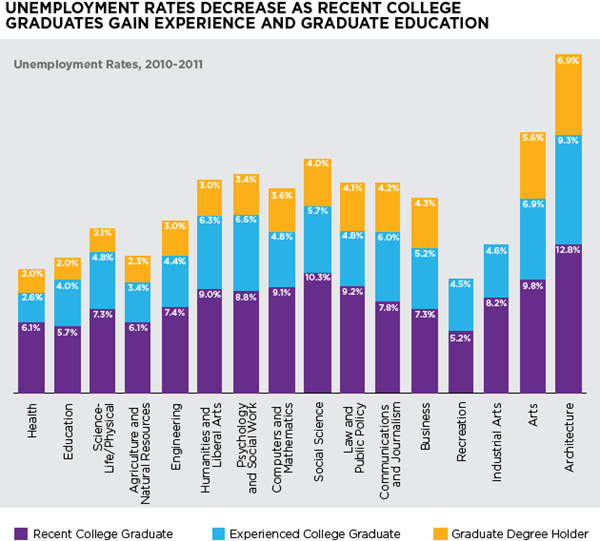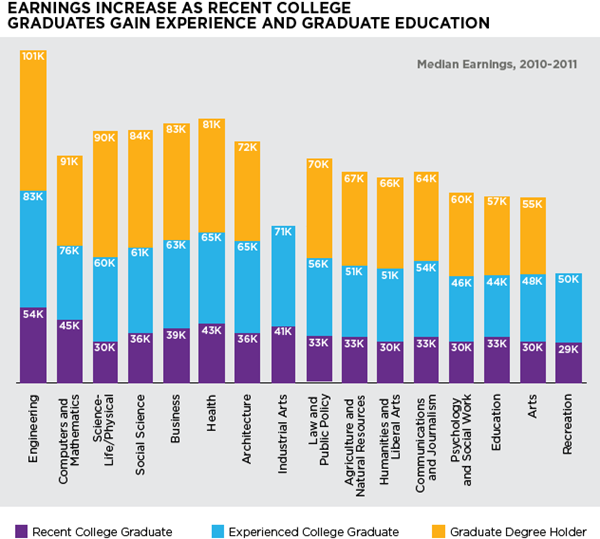Troubled Waters Could Lie Ahead for Undecided Majors
Timothy Huneycutt |
June 6, 2013


"It still pays to earn a college degree, but not all college degrees are created equal.” Such are the opening words of a new report issued by Georgetown University titled “Hard Times: College Majors, Unemployment and Earnings.” The report explores the true value of a college degree, and the importance of selecting the right major.
Despite the fact that college graduates with a Bachelor’s degree or higher still fare better than non-college graduates in terms of unemployment rates (4.6-4.7% vs. 9-10%), they still face a great risk of unemployment, ranging from as low as 4.8% to as high as 14.7%. That is nearly a 10% leap in unemployment rates, and it is all because of the type of major the graduates chose. Not all degrees are created equal, indeed.
Here are some figures to think about:
•Nursing, Elementary Education, and Finance majors have some of the lowest unemployment rates for recent college graduates (4.8%, 5.0%, and 5.9% respectively)
•On the other hand, Political Science, Architecture, and Information Systems are among the top five majors with the highest unemployment rates (11.1%, 12.8%, and 14.7% respectively)
As unsettling as some of these rates are, though, the numbers do go down with the more education and experience a worker receives. “Except for architecture,” the report states, “the more educated, more experienced worker had a lower unemployment rate than the average worker in the overall economy [which was 9.3%].” In other words, the longer a graduate studies and works in their field, the better chance they will have a finding a job.
The report closes with the observation that current college students considering their major could still be headed for troubled waters. “Specific fields and the higher technical skills associated with these fields can and often do offer lower unemployment and higher earnings; however, as can be seen for architecture majors, certain fields of study can result in higher unemployment risk after graduation.”
To read the full report, click here.